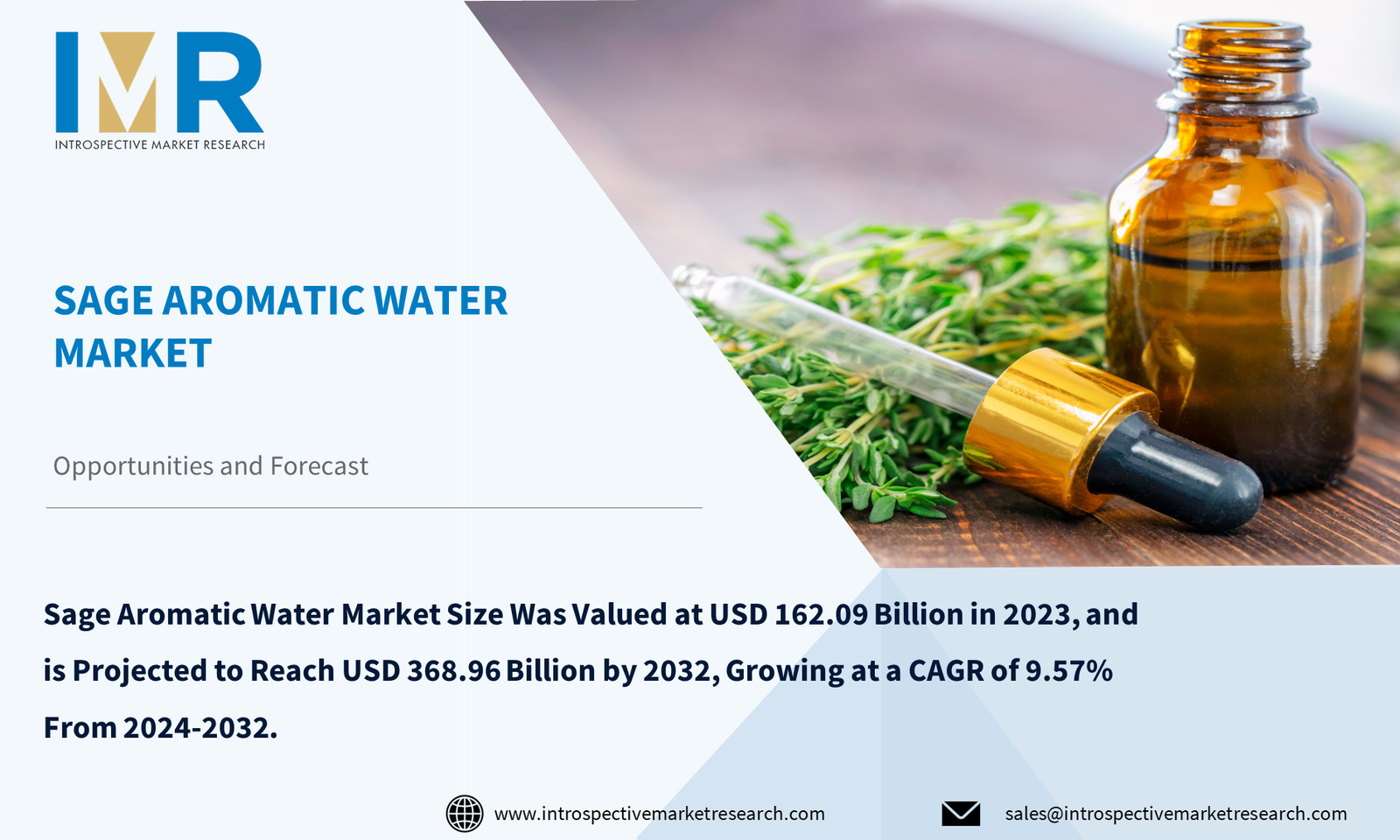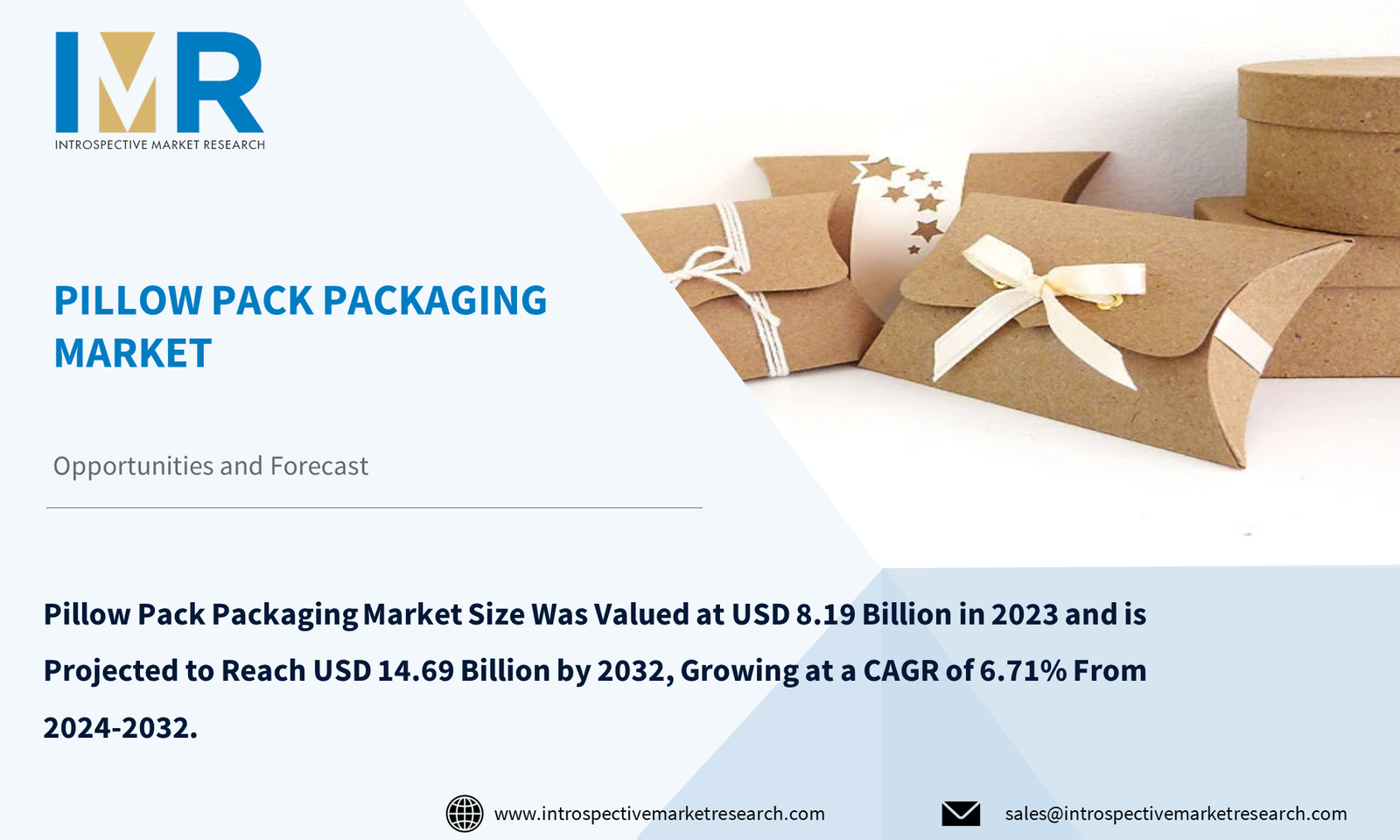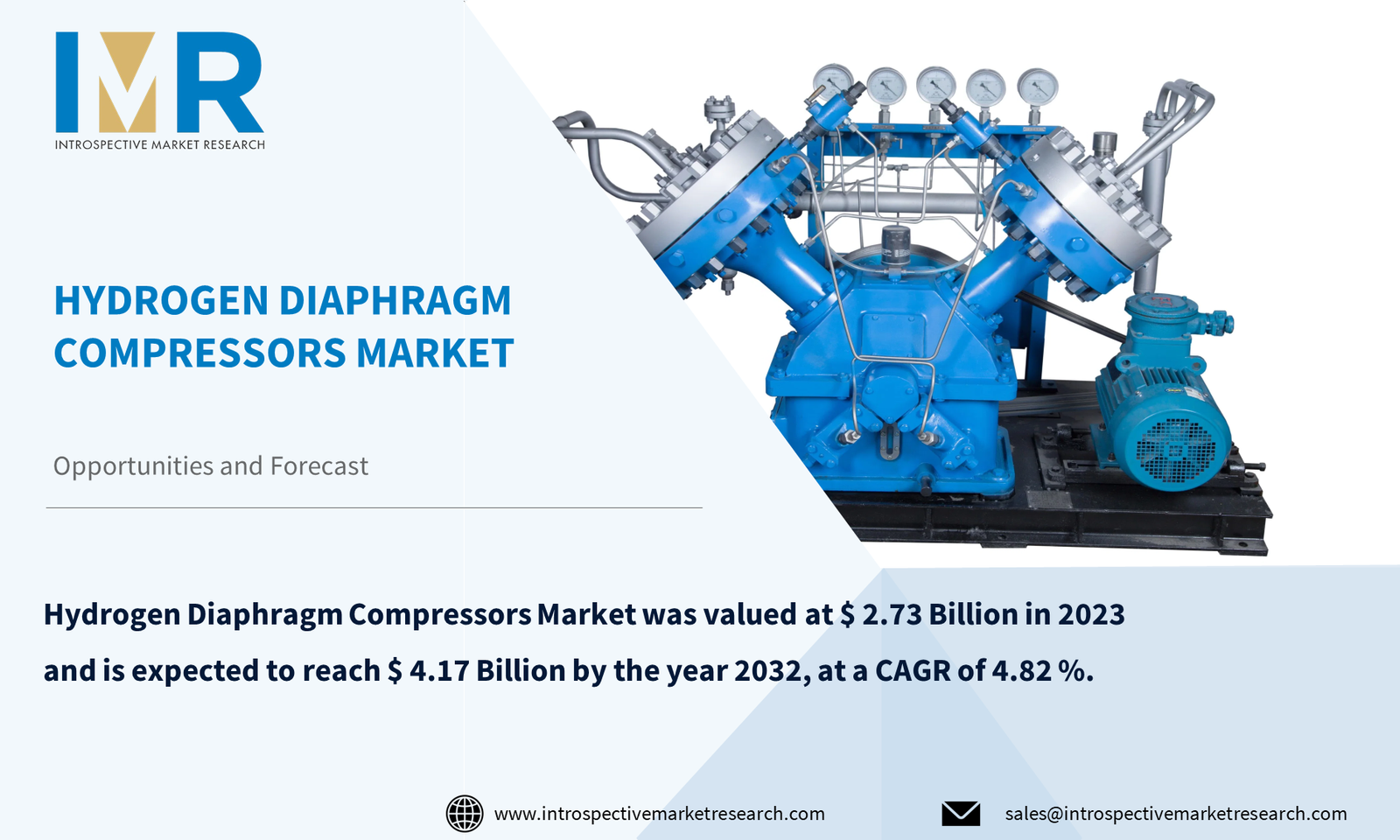
Market Size – USD 7.1 Billion in 2021, Market Growth - CAGR of 21.90%, Market Trends –the increasing demand from electronics industry is widening the scope for Horticulture Bioplastic Market.
According to the current analysis of Introspective Market Research, the global Horticulture Bioplastic Market was valued at USD 7.1 Billion in 2021 and is expected to reach USD 28.40 Billion by the year 2028, at a CAGR of 21.90%.
Producers are hailing horticulture bioplastics as a solution to the environmental issues associated with the disposal of petroleum-based plastics. Horticulture bioplastics are made from bio-based materials, give nutrients as they decompose, and have a number of environmental advantages. In terms of utility, biodegradable mulching films have advanced significantly, allowing cultivators to plough in bioplastic mulch after use rather than removing it from the field for recycling, hence increasing operational efficiency. Pheromone traps, dust-resistant shrubs, and fertilizer rods are just a few of the horticulture bioplastics advances that are expected in the next years. Bioplastics with additional components, such as natural polymers or thermoplastics, are being used to satisfy challenging applications in the horticultural sector, such as high heat damage and mechanical strength. Producers should also focus on specific conditions required for disposal at end-of-life with current recycling systems in order to preserve green solutions for the horticulture sector.
In the next years, demand for horticulture bioplastics will be driven by a shift in customer preferences toward environmentally friendly products. As a result, major plastic makers and packaging vendors have shifted their focus to bioplastic technology. Furthermore, landfills constitute a significant environmental threat, prompting the use of bioplastic in horticulture techniques. With innovative biodegradable materials, greenhouses and gardeners may simply reduce the environmental impact of plastic pots. Government initiatives are encouraging horticulturists to utilize sustainable and environmentally friendly goods, which is one of the primary drivers driving the bioplastics market in the horticulture industry. Organizations that produce and promote environmentally friendly materials can also benefit from government subsidies, incentives, exemptions, and certifications. The demand for horticulture bioplastics will be fueled by shifting customer preferences toward environmentally friendly products. As a result, major plastic makers and packaging vendors have shifted their focus to bioplastic technology.
Horticulture Bioplastic Market Report Highlight
- By type, the bio-based segment is anticipated to dominate the horticulture bioplastic market over the forecast period. Bio-based plastics are fully or partially made from biological resources, rather than fossil raw materials.
- By raw material, Bio- the Polyethene Terephthalate segment is expected to dominate the Horticulture Bioplastic market over the forecast period. Polyesters are a broad class of polymers with the potential to be synthesized from bio-based feedstocks.
- North America presently dominates the horticulture bioplastic industry, and this dominance is expected to remain in the next years.
- The Asia-Pacific region is the major shareholder in the global bioplastic industry in terms of market size and volume.
Horticulture Bioplastic Market Segmentation:
By Type
- Bio based
- Petrochemical based
By Raw Material
- Polyesters
- Bio- Polyethylene
- Polylactic Acid
- Bio- Polyamide
- Bio- Polyethene Terephthalate
- Polyhydroxyalkanoates
- Starch Blends
- Others
Major Key Players for Horticulture Bioplastic Market:
- BASF S.A. (Germany)
- Braskem (Brazil)
- Cardia Bioplastics (Australia)
- Novomant SPA (Italy)
- Metabolix
- Inc. (US)
- Innovia Films (UK)
- Biome Technologies Plc (UK)
- FKuR Kunststoff GmbH (Germany)
- Green Dot Bioplastics (US)
- Good Natured Products Inc. (Canada)
- Natureworks LLC (US)
- Corbion Purac (Netherlands)
- Purac (Netherlands)
- Others
For this report, Introspective Market Research has segmented the Horticulture Bioplastics Market based on of region:
Regional Outlook (Revenue in USD Billion; Volume in Units, 2022-2028)
- North America
- The U.S.
- Canada
- Mexico
- Europe
- Germany
- France
- UK
- Italy
- Turkey
- Rest of Europe
- Asia Pacific
- China
- India
- Japan
- South Korea
- Indonesia
- Vietnam
- Thailand
- Rest of Asia-Pacific
- Middle East & Africa
- Saudi Arabia
- South Africa
- Iran
- Rest of MEA
- Latin America
- Brazil
- Argentina
- Rest of LATAM






